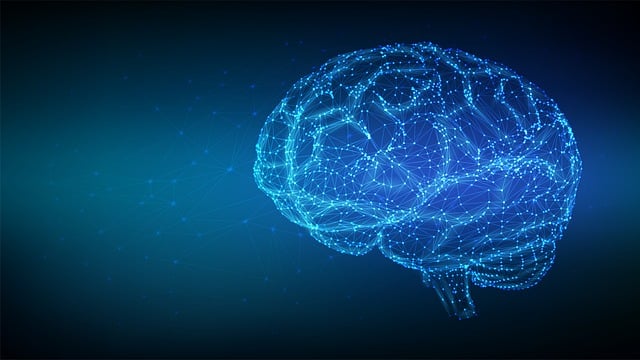In a series of experiments, neuroeconomics pioneer Paul Zak explored the impact of stories on the brain. In an experiment, Zak and his team asked volunteers to watch one of two versions of a video about a dying boy. The first version had a clear narrative arc (aka a story), while the second had a “flat” narrative arc (i.e. no story). The team took blood samples from the volunteers before and after viewing the videos.
What do you think they found?
They found that those who watched the video with the story experienced an increase in Oxytocin.
Oxytocin is the same chemical that’s released in a mother’s body after she gives birth. It’s powerful stuff that helps build strong bonds, and it’s the key to evoking empathy in your audience. Empathy will help your audience trust you more and become more generous. To produce oxytocin, tell stories that tug at the heartstrings and make your audience feel more human. Being vulnerable and honest in your stories is a major factor in triggering oxytocin.
My favourite technique to affect oxytocin is to share the inner dialogue.
Inner dialogue refers to the thoughts the character has, in our case—in crucial moments of the story.
The average human has 6,200 thoughts a day. A lot of these thoughts are anxious, obsessive, or impulsive. You can bring your listeners into the emotional moment by sharing some of these thoughts. What does your character fear, worry, dream, hope, or plan in key moments of the story?
For example:
- “I hope my boss reads this. He’ll be so impressed.”
- “That deal will change my life. The first thing
- I’ll do with the money is buy my mum a new car.”
“Ah, I can’t believe I did this. Everyone will think I’m a failure…”
By sharing what the character thinks, you make your listeners care. The more they know about the character, the more they’ll be rooting for them.
After hearing the inner dialogue, your listeners will want to find out what happens.


